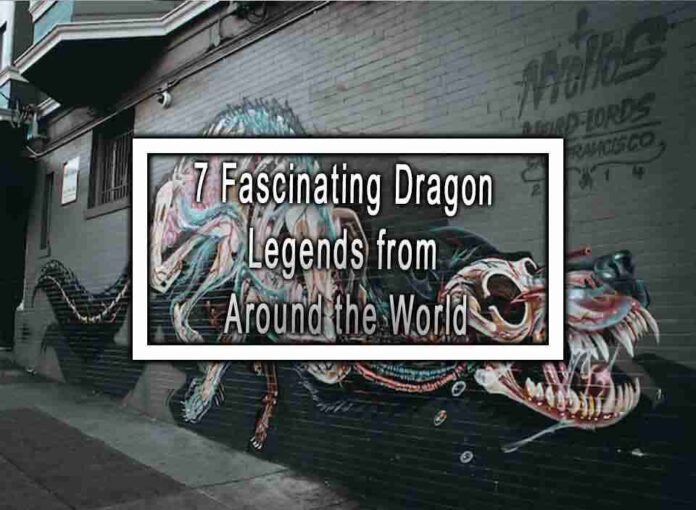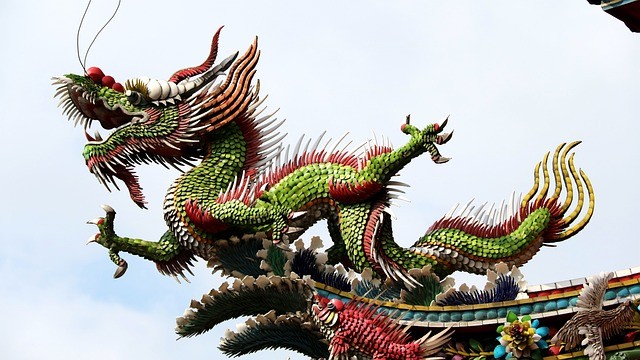Dragons are mythical creatures that have captured human imagination for centuries. They appear in various cultures and legends around the world, each with its own unique characteristics and symbolism. Here are seven fascinating dragon legends from different cultures:
Chinese Dragons:
- Chinese dragons are symbols of power, strength, and good luck. They are often depicted as benevolent beings that bring rain and prosperity. Chinese dragons are associated with the emperor and represent imperial authority. Unlike the fearsome dragons in Western folklore, Chinese dragons are typically depicted as long, serpentine creatures with antler-like horns.

European Dragons:
- European dragons are often portrayed as malevolent creatures that hoard treasure and terrorize villages. The legend of Saint George and the Dragon is a classic example, where the saint slays a dragon to rescue a princess. European dragons are usually depicted with wings, sharp claws, and fire-breathing abilities.
Japanese Dragons:
- In Japanese mythology, dragons are revered as water deities and symbols of strength and protection. The Japanese dragon, known as “ryu,” is usually depicted as a long, serpentine creature with three claws and a gentle disposition. They are associated with bodies of water and are believed to bring rain and good fortune.
Korean Dragons:
- Korean dragons, known as “yong” or “mang,” are seen as benevolent creatures that bring rain and fertility. They are often depicted with antler-like horns, fish-like scales, and a body similar to that of a serpent. Korean dragons are associated with nobility and are believed to be the guardians of sacred sites.
Middle Eastern Dragons:
- Dragons appear in various Middle Eastern myths and stories. In Persian mythology, for example, the dragon-like creature Aži Dahāka represents chaos and is defeated by the hero Thraetaona. These dragons often symbolize destructive forces and chaos.
Vietnamese Dragons:
- In Vietnamese culture, dragons are considered auspicious creatures that bring strength and prosperity. They are often depicted with a long, sinuous body, flowing manes, and beard-like tufts. The dragon is an important symbol in Vietnamese art, architecture, and folklore.
Mayan and Aztec Dragons:
- In the cultures of the Mayans and Aztecs, serpent-like creatures resembling dragons appear in their mythology. Quetzalcoatl, a feathered serpent deity, is an important figure in Aztec mythology. These dragon-like creatures often have a dual nature, representing both creation and destruction.
These dragon legends showcase the diversity of human imagination and the ways in which cultures across the world have incorporated these mythical creatures into their stories, beliefs, and symbolism. Whether feared or revered, dragons continue to capture our fascination and remain an integral part of our global mythology.











